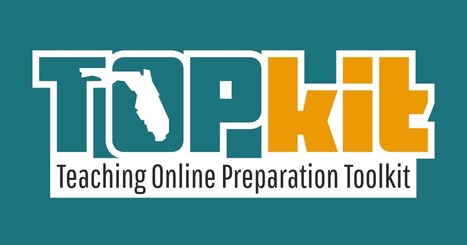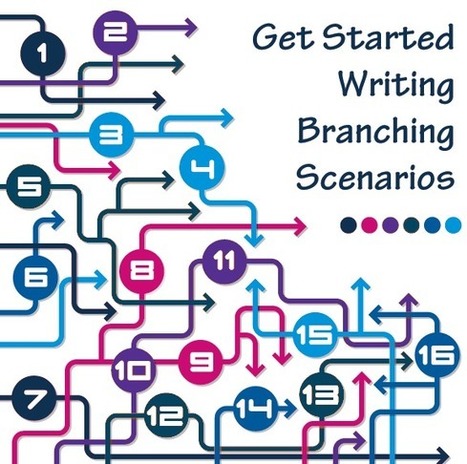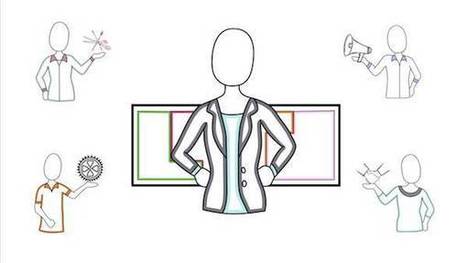Computational thinking is defined by Cummins as a process that "encourages students to explore solutions to problems that remain unsolved. (It) inspires innovation and supports problem-solving skills".
Design thinking, as stated by Scholastic, "is a creative problem-solving process that calls for thoughtful solutions to real-world situations.".
Research and publish the best content.
Get Started for FREE
Sign up with Facebook Sign up with X
I don't have a Facebook or a X account
Already have an account: Login
Impact of the internet age on human culture and K-20 education policy/administration
Curated by
Jim Lerman
 Your new post is loading... Your new post is loading...
 Your new post is loading... Your new post is loading...

Juanita Amiel Townsend's curator insight,
July 5, 2017 10:15 PM
These open source course templates could save you hundreds of design hours.

ChristopherBell's curator insight,
January 14, 2015 7:33 PM
This is very timely for us at International School Bangkok as we are re-visiting curriculum and technology integrations. Just had to share this infographic from ISTE. 
Ricard Garcia's curator insight,
February 12, 2015 2:24 AM
How to implement a new classroom and learning paradigm: A nice outline |

Juanita Amiel Townsend's curator insight,
September 1, 2017 12:12 AM
The Center for Innovation in Teaching and Learning offers this very useful set of resources to anyone tasked with creating an online class. Don't miss it!

Wilko Dijkhuis's curator insight,
January 24, 2017 4:15 AM
A popular rehash of the insights that H.A.Simon gave us in The Sciences of the Artificial (1969, third ed 1996).
Mostly based on "het denken van de schaker" A.D. de Groot 1946 But still very valuable insights. 
Jeff Domansky's curator insight,
January 25, 2017 3:42 AM
Useful ideas, nicely chunked, for writers, bloggers and course writers. |

















